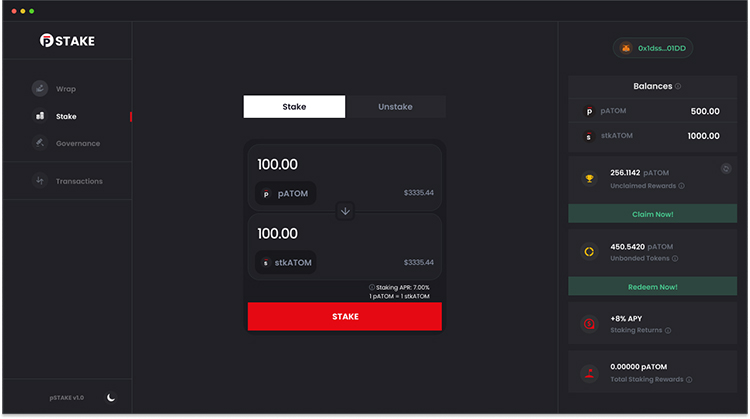2021-10-4 16:00 |
The staking industry continues to set new benchmarks in growth. Last month, Ethereum 2.0 highlighted the potential that investors see in this passive income area.
The smart contracts platform reached over $21 billion staked on its deposit contract. There are also now 215,000 validators for the Eth2 network.
Eth2 staking has clearly captured investors’ interest. The possibility of generating low-risk passive income is attractive for investors. This is especially so for those looking to dip their toes into the often volatile crypto markets.
Growth, but not without roadblocksWhile the adoption of staking accelerates, the Eth2 case offers examples of some of the issues that the industry needs to address to reach its next phase of growth.
For one, the 32 ETH deposit minimum presents a barrier to smaller-scale investors and those who prefer to keep their assets liquid. Smaller investors can join staking pools to reach this threshold. However, the vesting period for Eth2 is lengthy, expected to last for up to two years.
Locking capital away for a prolonged period is not efficient usage, either for an individual user or the markets at large.
One of the cornerstones of the crypto movement, after all, is enabling liquidity rather than stifling it. Low liquidity can also present significant risks in terms of market crashes and volatility.
Stimulating liquidity in the staking industry is a multifaceted issue that will require a complex set of solutions. Yet, already, there are promising signs that infrastructure is being built which will unlock this liquidity.
Enabling broader access to the staking economy is one of the critical ways to allow a greater and more diverse range of participants to invest in the industry.
Access has bloomed over the past year or so, with the development of several specialist staking-as-a-service providers. These include Blockdaemon, Staked, and Bison Trails (acquired by Coinbase). All of these provide secure platforms to simplify the process of staking for investors.
Many have seen significant rounds of funding alongside increased usage. Such significant capital inflows demonstrate the belief of institutional players.
It shows that broadening and enabling direct on-ramps to staking will be critical to unlocking staking as a $40 billion market by 2025.
Bridging the gap with stakingOpening access to staking is only the beginning when it comes to unlocking liquidity in the sector. Other solutions are needed to make capital more efficient.
Liquid staking provides the capacity to unlock such liquidity. In simple terms, liquid staking allows participants to tokenize staked assets via a derivative contract which can then be used in the DeFi ecosystem.
For example, if I have staked $15,000 worth of ATOM (the native Cosmos token) to Cosmos, liquid staking would enable me to mint a representative ERC-20 token for these assets. These could then be used within the DeFi ecosystem to generate additional yield.
Connecting the illiquid staking industry to the highly liquid DeFi sector can ensure that capital in the sector continues to operate efficiently, even with long potential vesting periods.
The creation of a bridge to the staking industry through liquid staking services is a natural next step for the DeFi economy as it grows beyond its original foundation on Ethereum.
The total value locked on DeFi platforms has reached $88 billion this month, just behind its all-time high last summer.
Looking to Layer 1However, several highly scalable layer one solutions beyond Ethereum have rapidly growing and vibrant DeFi ecosystems this time around. These include Cosmos, Solana, and Polkadot.
Cosmos is attracting significant liquidity through its development of a raft of DeFi projects. These include the decentralized exchange Gravity DEX, and the automated market maker protocol, Osmosis.
Elsewhere, Avalanche recently launched a $180 million liquidity mining incentives program to strengthen the development of DeFi applications on its network.
Bridges which connect these various thriving DeFi ecosystems will be instrumental in building an interconnected and collaborative DeFi economy. Already, there are projects enabling the transfer of ERC-20 based assets between blockchains. Proving this can be a reality.
Liquid staking is the bridge between the staking and DeFi industries which can unlock the liquidity of staked assets. There are numerous innovative solutions developing the technology to bring this to life. I’m excited to see the results of their labor.
By working together to build bridges across the crypto ecosystem, we can build a better, inclusive, and more sustainable ecosystem for everyone.
The post In the Eye of the Institution: How DeFi Summer Gave Rise to Liquid Staking appeared first on BeInCrypto.
Similar to Notcoin - Blum - Airdrops In 2024
Defi (DEFI) на Currencies.ru
|
|










